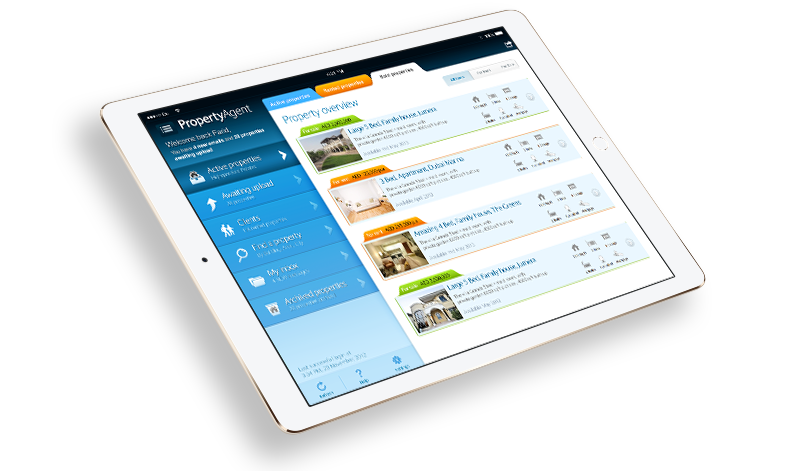Why Usability Is the Foundation for Delightful Experiences
User delight refers to any positive emotional effect that a user may have when interacting with a device or interface. User delight may not always be expressed outwardly but can influence the behaviours and opinions formulated while using a website or application.
“User-Centred Design is surprisingly difficult. One of the biggest issues, certainly for those with no HCI or usability experience, is a lack of appreciation of how users think and work. Their assumption is that users will approach and solve problems in the same way as the designers and developers of an interactive solution”.
— William Hudson (2009), ‘Reduced Empathizing Skills Increase Challenges for User-Centred Design’
Empathy isn’t necessarily feeling how people feel or stepping into their shoes to adopt their lifestyle and everything that comes with it. Empathy in design is simply taking the time to carry out user research, absorbing it into your thinking to guide your decision-making processes
How to delight you users?
Delighting your users is best described as ‘pleasurable moments in digital products’, micro-interactions that can make an experience just that little bit more fun.
Delight is the magic that makes us fall in love with a product. It’s a core element to strive for when designing. When it comes to providing pleasure or delight in our websites and apps, animations contribute a lot.
01. Beautiful User Interfaces
Not only is a high-quality and beautiful user interface an obvious way to add delight users, but it also has a huge impact on increasing the perceived value of a product.
UI decisions should always be based on UX research and aid in achieving the users’ goals.
02. Microcopy
Great microcopy, such as a label on a form field or a pithy piece of instructional text, can help a user along on their journey, e.g. text that you include on forms, call to action buttons, footers, and 404 pages. It can offer guidance if your users run into errors, or help reassure them before deciding to commit to something.
Used with the right tone of voice it can help to make an experience human and break down the barriers that exist between person and computer.
03. Animation
Digital design plays a crucial role in how customers experience a product. Modern design is highly focussed on usability. However, designing for the user experience has a lot more to it than making a usable product. Good design is pleasurable and seductive. Good design is delightful. “At this point in experience design’s evolution, satisfaction ought to be the norm, and delight ought to be the goal,”. Animation can help you achieve this goal.
04. Affordance Transitions and Gestures
When a UX person talks about affordance, they are referring to “a situation where an object’s sensory characteristics intuitively imply its functionality and use. e.g. having a door with a handle implies al push/pull mechanism.
Another example is related to switch inputs with labels, and the engaging on/off states. Including a smooth intuitive transition between these states adds a layer of delight.
05. Deep Delight
While surface delight is important, it’s deep delight that actually makes your product pleasurable. A delightful user experience is often about invisibility, it’s behavioural. Something that “just works” can be extremely delightful. Keeping users in a flow is about minimizing pain points, frustration and anxiety that users may experience throughout their user journey.
Recent experiences
Our work shows us to be agile, flexible, innovative and determined to succeed, feel free to experience our past work.

SkyNews Arabia
Sky News Arabia is an Arabic news and current affairs channel broadcast mainly in the Middle East and North Africa

The Uniform Studio
Providing clients with a more unified uniforms solution
We truly believe, the only way to ensure a company’s success if by talking to those who need and use your services, that’s your users. By talking to them, analysing what they are saying/not saying and aligning those facts to your company goals.
We call this our “USER” framework.



